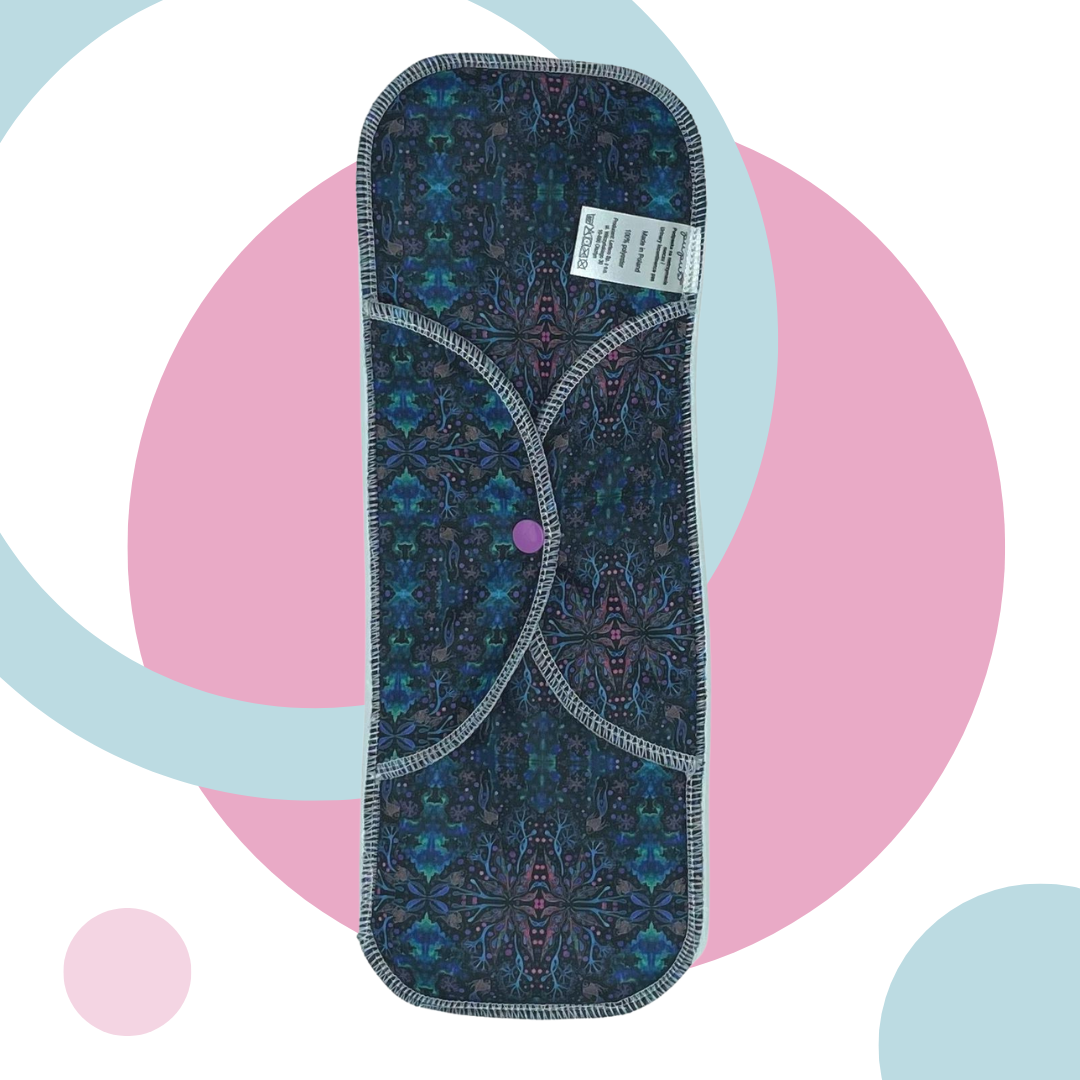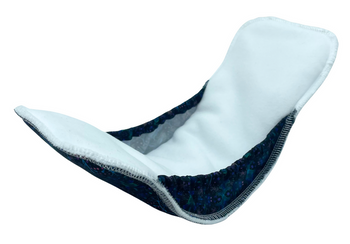Urinary Incontinence – What You Should Know

What Is Urinary Incontinence?
Urinary incontinence occurs when bladder muscles contract suddenly and the urethral sphincter muscles are too weak to keep urine in. This can cause a sudden, strong urge to urinate that’s hard to control. Laughter, sneezing, or physical activity can also lead to leakage. Incontinence may result from nerve issues that affect bladder control. It can range from occasional dribbles to full loss of bladder control.
Who Is Affected?
Women are twice as likely to experience urinary incontinence as men. This is mainly due to pregnancy, childbirth, and menopause—all of which impact the bladder and surrounding muscles. While it can affect women at any age, it’s more common in older women. Over 40% of women aged 65+ experience incontinence.
Types of Urinary Incontinence
The two most common types of incontinence among women are:
-
Stress Incontinence
This is the most frequent type, especially among younger women. It happens when physical pressure is placed on the bladder—like when coughing, sneezing, laughing, or exercising. Weak pelvic floor muscles make it difficult for the bladder and urethra to stay sealed. -
Urge Incontinence (Overactive Bladder)
Characterized by a sudden, intense urge to urinate followed by involuntary leakage. Some women with urge incontinence may feel the need to urinate more than eight times a day, often passing only a small amount of urine. Triggers can include running water, cold weather, or even sleep.
Many women experience mixed incontinence, which is a combination of stress and urge incontinence.
What Causes It?
Incontinence is generally caused by issues with the muscles and nerves that control urination. Contributing factors include:
-
Pregnancy, childbirth, and menopause
-
Excess weight, which puts pressure on the bladder
-
Chronic constipation, straining the pelvic floor muscles
-
Nerve damage, possibly due to diabetes, childbirth, or neurological conditions like MS
-
Surgery, such as hysterectomy, that affects pelvic floor support
Temporary causes can include:
-
Medications, especially diuretics
-
Caffeine, which increases bladder activity
-
UTIs, which can cause short-term incontinence
Which Doctor Should You See?
You can start with your general practitioner or gynecologist. Depending on your needs, you might be referred to:
-
A urologist (urinary specialist)
-
A urogynecologist (specialist in female pelvic and urinary health)
-
A pelvic floor physical therapist, who can help strengthen the muscles involved
How Is It Treated?
Your treatment plan will depend on the type and severity of incontinence. The first step is often Kegel exercises to strengthen pelvic floor muscles. If those don’t help, your doctor may suggest:
-
Bladder training
-
Medications
-
Devices or surgical options (in more severe cases)
Be patient—results may take several weeks to appear.
What Can You Do at Home?
You can take proactive steps to reduce or eliminate symptoms:
-
Kegel exercises – Strengthen the pelvic floor, especially helpful for stress incontinence. Consult a doctor first to ensure they’re appropriate for you.
-
Bladder training – Go to the bathroom on a schedule and gradually increase time between visits.
-
Weight loss – Reducing pressure on the bladder can significantly help.
-
Dietary changes – Limit caffeine, alcohol, and fizzy drinks.
-
Quit smoking – Smoking can exacerbate incontinence.
-
Treat constipation – Eat fiber-rich foods to ease bowel movements.
And of course, for daily comfort and confidence, we recommend using reusable incontinence pads—a cost-effective and eco-friendly alternative to disposables!
Recommended






